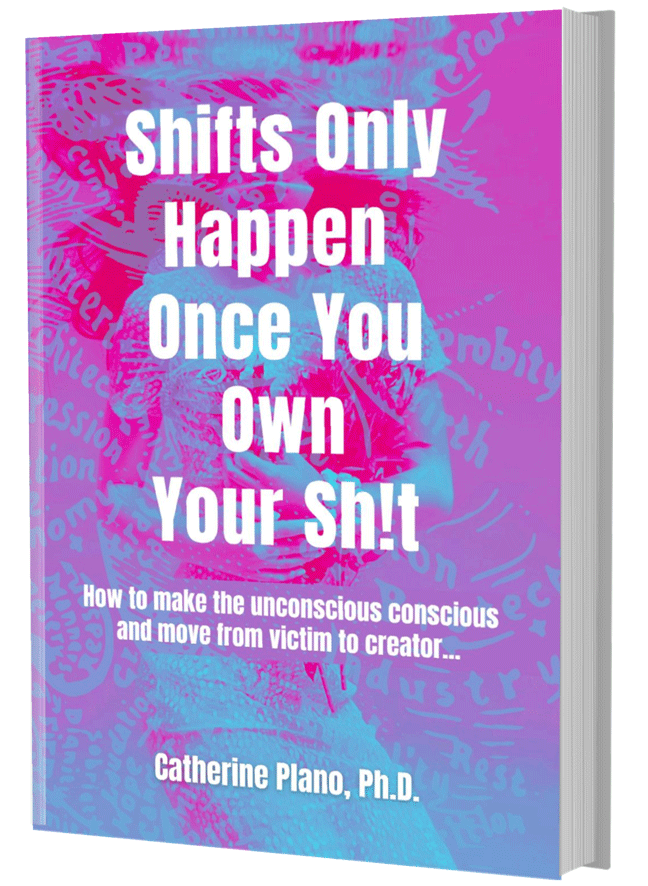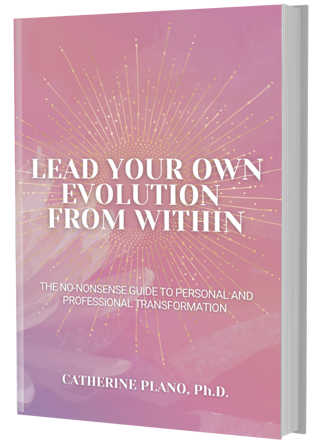What is systems thinking? And what the heck does it have to do with leadership?
The late Edwards Deming famously stated that, contrary to popular belief, a whopping 94% of problems in business are systems-driven … and only 6% are people driven.
Well now, isn’t that an etheric slap to most of our traditional thinking about organisational culture?
We’ve been led to believe that people create problems, but … in fact it’s systems, so that turns the whole paradigm on its head, don’t you think?
The real question is what can we learn here?
Systems thinking helps us to see the ‘whole picture’.
First of all, what is ‘systems thinking’?
Russell Ackoff who was an organisational theorist, consultant and a master of his craft said that in systems thinking … increases in understanding are believed to be obtainable by expanding the systems to be understood, not by reducing them to their elements.
This means understanding the whole by its parts, not from the parts to the whole.
Systems thinking is a different view, one which moves from observing events or data, to identifying patterns of behaviour over time.
Systems thinking is a framework for seeing interrelationships…
By looking at things this way, the structures that drive those events and patterns can come to the surface.
Then we can identify those patterns that don’t serve us well and seek to change them. We can also seek to expand the choices we have available when we look at things differently and create better solutions.
Systems thinking is relatively simple …. But it’s not necessarily easy!
Those of us who are committed to personal growth know that often our most stubborn blocks are buried and deeply rooted in the unconscious part of our mind.
To find them, we need to analyse our behaviour, monitor our habits, and consider our beliefs so we can get to the root cause of those things that don’t serve us!
With this analogy in mind, you can understand that in much the same way, systems thinking requires curiosity, compassion, and courage.
Most importantly, it requires a growth mindset – one which is willing to look at the situation wholistically, not just as a sum of its parts!
Let’s think about this realistically. How many organisations do you know that have all the tools, all the talent and all the processes … yet find it so difficult to make a major shift?
A problem never exists in isolation…
The simple fact is that a problem is always surrounded by other problems. It may even compound other problems … A problem may even produce other problems! And so, it goes on!
What needs to be understood here is that a problem never exists on its own because its very presence had to be birthed from a circumstance within its environment.
Let’s bring it to life with an example.
If you as a leader want more inclusion, equity, and diversity into your system, then you must be willing to invite others to have a voice and be heard.
You must be willing for these values to drive the system as a whole.
Then you need to create a culture in which each leader thinks about the ‘system’ as a ‘whole’.
When a problem arises, if you can apply systems thinking, to spot the patterns in the system that created it in the first place, then you can interrupt the patterns itself.
Many leaders are way too busy to build a good system, which then creates the problem that they’re always too busy within the system. But, when you create a healthy, functioning system then the system starts to organically take care of itself.
Moving from a siloed to a whole system thinking…
We all tend to be conditioned by our own ‘system’ and therefore, to move the system, we must take into consideration the stages of competence for this paradigm shifts to take place.
The first stage is unconscious incompetence where ‘you don’t know what you don’t know’. At this point, leaders are not conscious of the patterns within the system and are on autopilot a large chunk of the time, making decisions based on the norms of the system itself.
The second stage is conscious incompetence. At this point there is a level of awareness where ‘you know that you don’t know’. This can be characterised by recognising what’s not working. For example, a person not being the right fit for a role, the business failing to meet KPIs, low morale, or declining customer satisfaction.
The third stage is conscious competence. This is where ‘you know that you need more practice’ this can be seen as knowing you cannot do it alone and that you need the collective to get involved to create and build awareness, encourage increased collaboration, thus enhancing interpersonal skills.
Then the final stage is unconscious competence. This is the tipping point for change, because it’s the moment of mastery, where you ‘know what you know, and what you don’t know.’ From this point you can begin to take action and make changes.
Deconstructing our unconscious biases takes consistent work…
Okay … so systems thinking looks pretty easy to put into practice, right? In theory, yes, absolutely it is! But in practice, there’s a lot of unconscious bias to cut through before it can really work properly.
What are unconscious biases? These are the attitudes and thinking patterns that we’ve picked up throughout life.
We all make ‘generalisations’ and ‘assumptions’ even when we don’t think we do, and these influence our decision-making, particularly when we need to make decisions quickly.
Which can lead us to make inaccurate assessments because our rationale is not completely impartial.
Confronting your unconscious biases…
To confront and work through our unconscious biases, the first step is understanding them. There are a number of different unconscious biases … for example the ‘Affinity Bias’ which leads us to feel that we have better connections with people who share the same kind of life experience, such as growing up in the same place, or having children a similar age.
There is the ‘Halo Effect’ and the ‘Horns Effect’ which are probably best related to as that old adage ‘first impressions last’ … We tend to make up our minds about people pretty much instantly.
When we don’t like something about someone when we meet them, or perceive a negative trait, it can have a lasting impact. When we admire something, it too can give us an unconscious bias.
Another unconscious bias to be aware of is ‘Attribution Bias’. This affects how we assess other people and their achievements. The interesting thing about this particular bias is that when assessing ourselves, we tend to think our achievements are a direct result of our own merit and personality.
Conversely, we consider our failings to be the result of external factors. But here’s the interesting thing, when we are assessing other people, we often think the exact opposite!
We are more likely to consider another person’s achievements the result of luck, or chance, and their failings as the result of their personality or behaviour.
Pay more attention to your unconscious biases…
‘Confirmation Bias’ too, plays a role. This is the mind’s tendency to search for, interpret, focus on, and remember information that aligns with our preconceived opinions.
So, if we make a judgement about someone, we unconsciously look for evidence to back up our own opinions, because we want to believe that we have made a correct assessment. But there is always the possibility that our own judgement might not be correct?
So, what’s the solution? Well, there are several. Keep an open mind and recruit in partnership with someone else whose opinions and unconscious biases are likely to challenge your own.
But, as leaders, if we really want to be exceptional, then we have a responsibility to consider our own unconscious thoughts and behaviours … and how we bring these into the workplace. Because, to effect real change, we need to leave them at the door and be constantly thinking not about what WE want, or the way it’s always been done, but what would be best for the ‘whole’.
This means bravely stepping out of old norms and being open to new ones.
The only way to successfully do this is to be aware of how these various biases can have influence, and how they either hinder or help in sound decision making during hiring and promotion.





